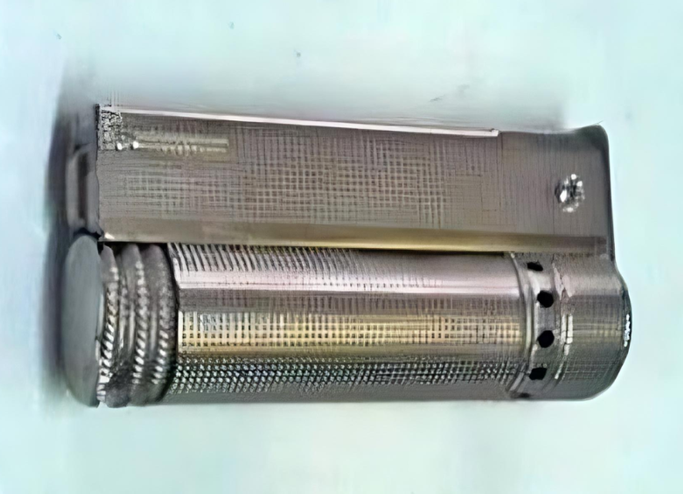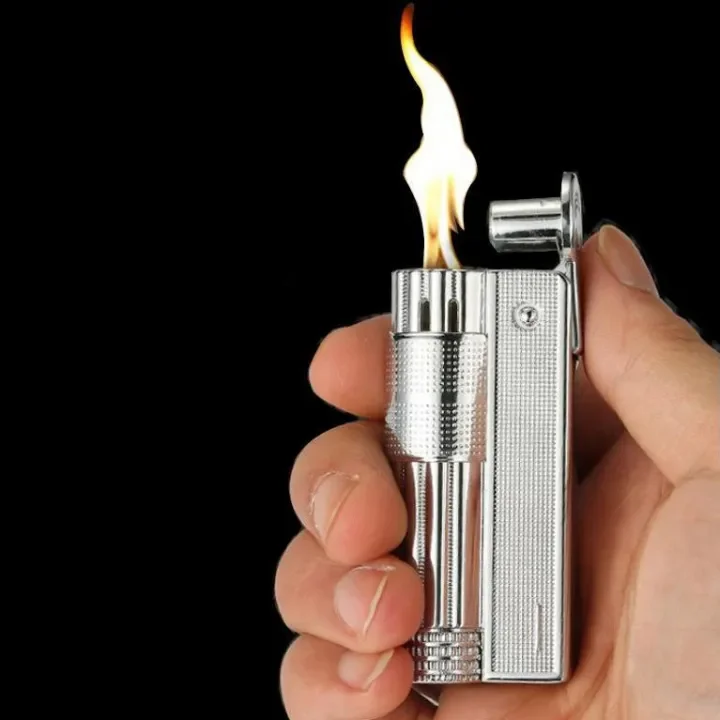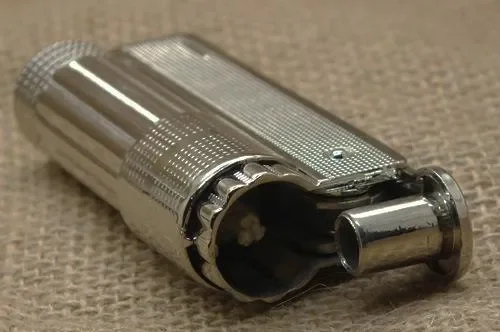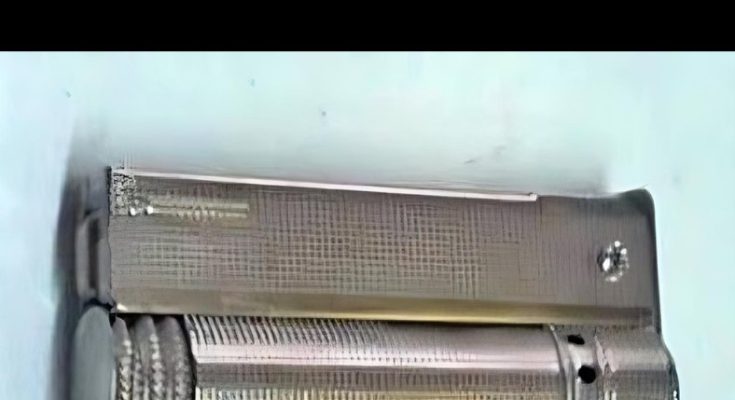The lighter is an essential tool, one that has transcended generations and evolved over time, yet remains a staple in everyday life. From its humble beginnings to the modern electric models, the lighter has become a dependable source of controlled flame used for igniting cigarettes, campfires, candles, and more. If you’ve been using one of these reliable devices for years, you’re part of a long tradition. But what exactly makes the lighter so enduring?

A Brief History of the Lighter: From Gunpowder to Butane
The concept of the lighter has ancient roots, with the first versions being nothing more than modified flintlock pistols. Early lighters date back to the 1600s, when they were merely functional devices rather than the portable and reliable tools we know today. By 1823, German chemist Johann Wolfgang Döbereiner introduced a revolutionary invention known as Döbereiner’s Lamp. This lighter produced a flame by passing hydrogen gas over a platinum catalyst, sparking a trend toward more practical ignition tools.
The invention of ferrocerium, often referred to as “flint,” in 1903 marked another significant turning point for lighters. Carl Auer von Welsbach’s discovery allowed for the creation of a larger, more consistent spark, and it became a standard component in lighter designs. This innovation led companies like Ronson to develop user-friendly lighters, such as the iconic “Wonderlite” in 1913. The Zippo, a household name today, followed in 1932 with a focus on windproof functionality and durability.
Different Types of Lighters: A Look at Functionality and Design
Today, lighters come in various designs, each catering to specific needs and preferences. While the core purpose remains the same—to produce a controlled flame—the method and materials vary widely.
1. Wick-Based Lighters
The earliest lighters primarily used lighter fluid (naphtha) and a simple wick to produce a flame. These lighters worked by saturating a wick with the fuel, which was ignited by a flint spark when the top of the lighter was opened. A classic example of this is the Zippo lighter, known for its windproof capabilities and lifetime warranty. Naphtha lighters are still popular today for their reliability and iconic design, but they have largely been replaced by more modern options.
2. Butane Lighters
Introduced in the 1950s, butane lighters provide a more controlled flame than their naphtha counterparts. The use of compressed butane gas allows these lighters to burn cleaner and hotter, without the strong odor associated with lighter fluid. Most butane lighters work with a simple button that opens a valve to release gas, which is then ignited by either a flint or piezoelectric spark. This type of lighter is common today and is often used for everyday tasks like lighting candles, stoves, and cigarettes.
3. Piezoelectric Lighters
A major innovation in lighter technology came with the introduction of piezoelectric lighters. These models use a crystal to generate an electric spark when compressed. This eliminates the need for a flint, making the lighter easier to use and maintain. Most modern lighters with push-button ignition systems employ piezoelectricity. It’s a popular choice for butane lighters, particularly those designed for outdoor use.

4. Electric Arc Lighters
Electric arc lighters are a relatively recent innovation, utilizing an electric arc instead of an open flame. These rechargeable lighters produce a plasma arc between two electrodes, reaching temperatures high enough to ignite anything from paper to candles. Arc lighters are popular for their eco-friendliness and durability, as they don’t require fuel and can be recharged via USB. They’re windproof, making them ideal for outdoor enthusiasts.
The Appeal of a Classic: Why Old Lighters Are Still in Use
While modern lighters boast convenience and innovative features, many still favor vintage models. An old lighter isn’t just a tool; it’s a piece of history and often holds sentimental value. A classic Zippo, for instance, may have been passed down through generations, accumulating stories and memories along the way. Additionally, vintage lighters are built to last, crafted from durable materials like stainless steel, brass, and aluminum.
Nostalgia aside, there’s a practical reason for the lasting popularity of older lighters. They’re designed to be maintained, with replaceable wicks and flints that ensure longevity. Furthermore, the traditional lighter fluid used in these models is widely available, making it easy to keep an old favorite functioning for decades.
How a Lighter Works: The Science Behind the Flame

The operation of a lighter is surprisingly simple. In a traditional naphtha lighter, fuel is absorbed by the wick and ignited by a spark. The top of the lighter protects the flame from wind and ensures the flame goes out when the cap is closed. Butane lighters, on the other hand, release a gas that mixes with air to create a flame when sparked. Piezoelectric lighters generate their spark by compressing a crystal, which produces a small electrical charge.
Windproof lighters, such as torch lighters, add another layer of complexity. These models pre-mix butane with air, forcing the fuel mixture through a catalytic coil. The result is a super-heated flame that remains stable even in challenging conditions. The lighter’s design channels airflow, ensuring the flame doesn’t blow out easily.
Lighter Care Tips: Keeping Your Lighter in Top Condition
Proper maintenance is crucial for ensuring the longevity of your lighter. Here are some tips to help keep your lighter functioning like new:
- For Naphtha Lighters: Replace the flint and wick regularly. Refill the lighter fluid as needed, and ensure the wick is properly saturated to avoid dry burns.
- For Butane Lighters: Refill with high-quality butane to avoid clogging. Avoid overfilling, as this can lead to malfunctions.
- For Electric Arc Lighters: Clean the electrodes gently to prevent residue build-up, and ensure you charge it periodically to maintain battery health.
The Lighter’s Lasting Legacy
The lighter has undoubtedly earned its place as one of the most useful tools in modern life. From helping soldiers in wartime to lighting campfires on family trips, this small device has a big impact. Its enduring presence in our lives speaks to its reliability, convenience, and essential role in daily activities.
So next time you use your lighter, whether it’s to ignite a candle or start a cozy fire, remember that you’re handling a tool with a rich history. Built on decades of innovation and tradition, the lighter is more than just a flame—it’s a timeless companion, ready to spark life’s moments with just a flick of the wrist.



